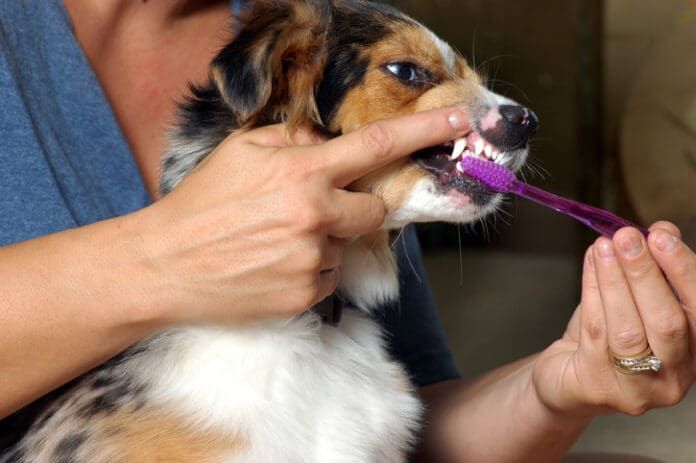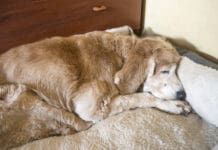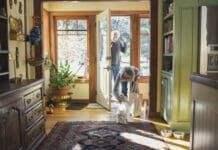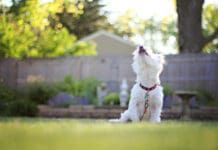Excerpted from Keeping Your Dog’s Teeth and Gums Healthy by Dr. Randy Kidd, Lisa Rodier, CNWI, Nancy Kerns, and Lorie Long
Both Dr. Banker and Dr. Reiter agree that regular tooth brushing with a toothpaste made for dogs is the single most important step an owner can take to prevent canine oral health problems. They recommend brushing twice a day if possible, or at least once a day. “Daily brushing encourages owners to look in their dog’s mouth regularly and notice changes and problems,” adds Dr. Banker. Dr. Reiter emphasizes the importance of a high quality diet. He suggested that owners discuss the usefulness of products such as dental rinses, gels, and sealants with their canine dentist. Of course, a regular oral health evaluation by a knowledgeable canine dental specialist ranks high on his list of preventative measures.
Both doctors discourage owners from hand-scaling plaque from their dog’s teeth at home. Dr. Reiter explains that scaling at home can place tiny scratches on the surface of the tooth, thereby making it more prone to retain plaque build-up in the future. Canine dental specialists polish a dog’s teeth after scaling to restore a smooth tooth surface.
Also, during scaling at home, a dog may jerk away or turn his head unexpectedly, causing the scaling instrument to lacerate the dog’s gum. An owner could dislodge a chunk of plaque that the dog could aspirate into his lungs. An owner who is unskilled in scaling a dog’s teeth could cause the dog to become nervous about people looking and working in his mouth.
“Home scaling does not reach sub-gingival (below the gum line) material or into any pockets around the dog’s teeth,” says Dr. Reiter. “And don’t be tempted to bring your dog to a groomer or other person who advertises anesthesia-free dental cleanings. There’s a lot of water spraying around during a dental cleaning. Canine dental professionals use a cuffed endotracheal tube to administer anesthesia during the procedure. The tube has an inflatable collar that protects against the accidental aspiration of water and debris into the dog’s lungs. Only an ‘asleep’ procedure insures sufficient cleaning of the teeth above and below the gum line in an environment that’s safe for the dog.”
For more on exercising proper dental hygiene and keeping your dog’s teeth healthy, purchase Keeping Your Dog’s Teeth and Gums Healthy by Whole Dog Journal.






